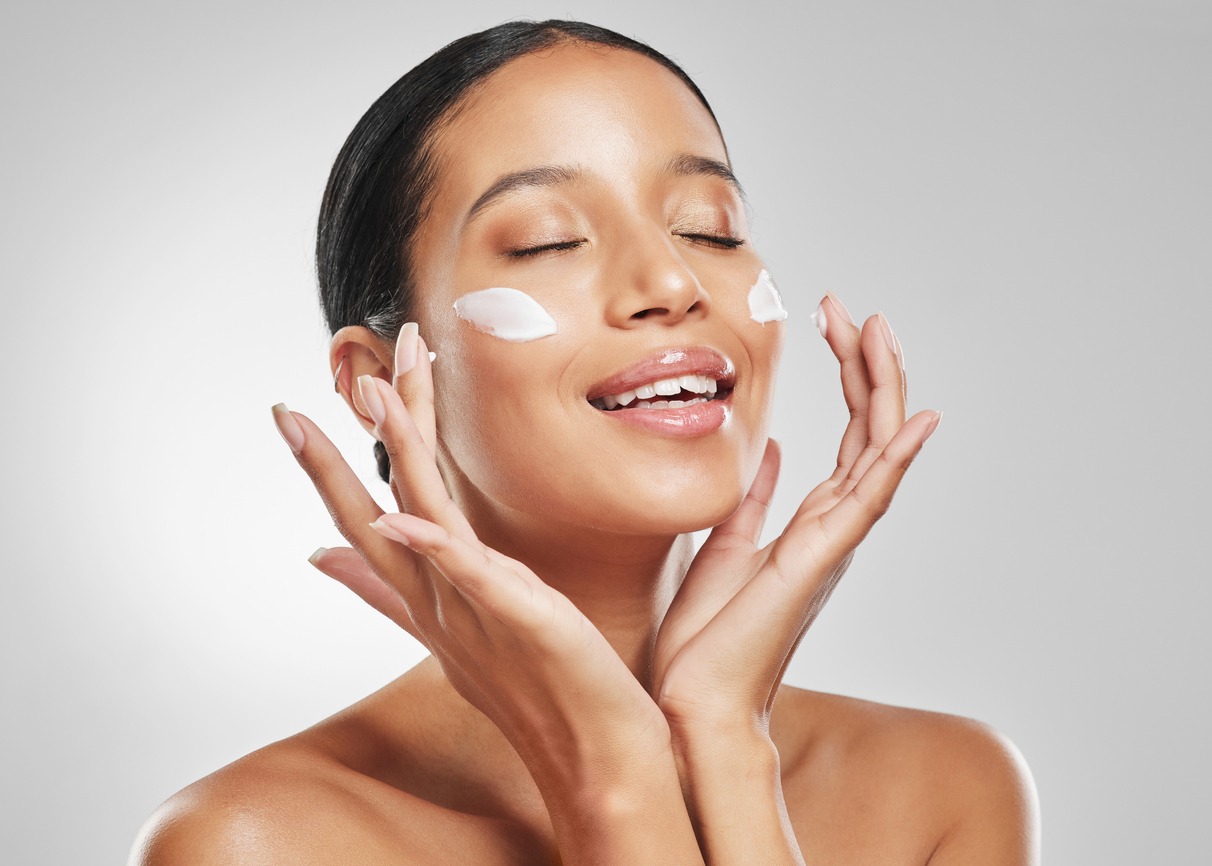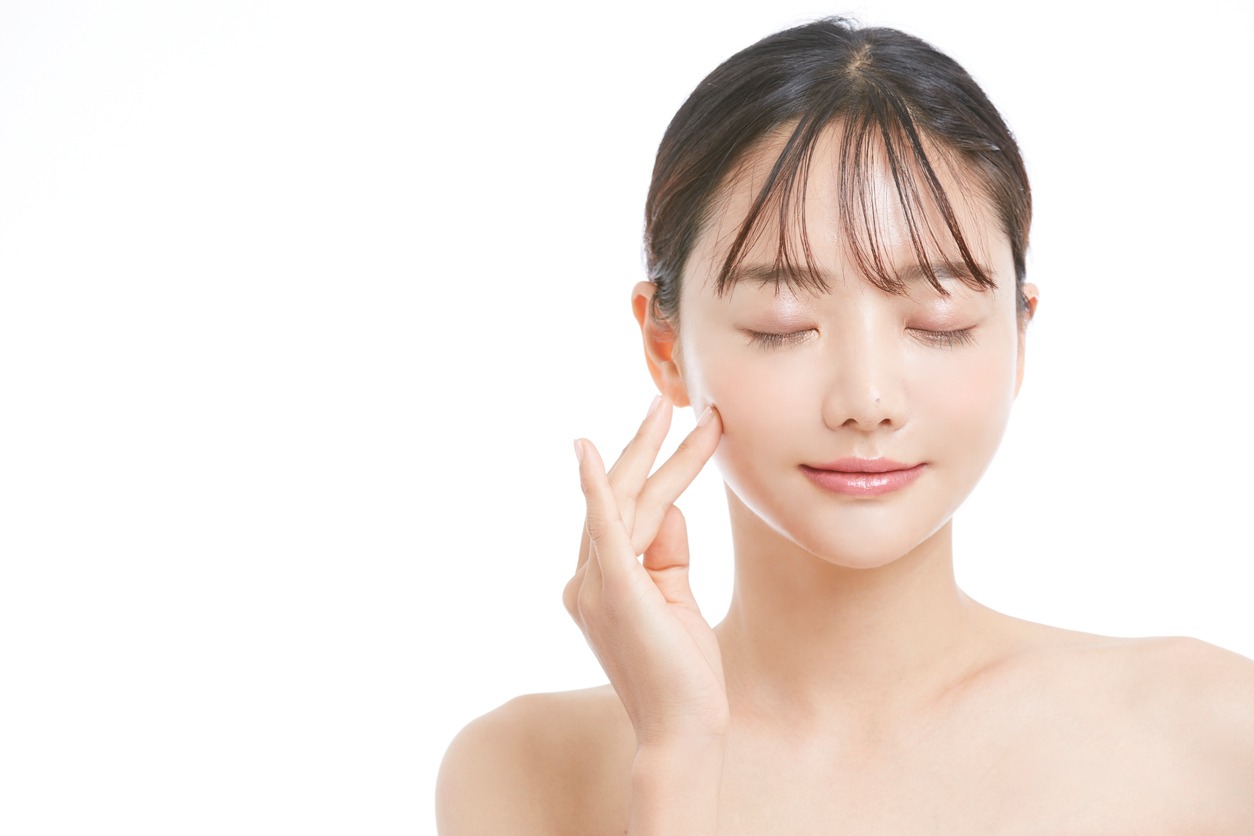Many individuals like going to the beach or hanging out in their backyards. As summer approaches, the sun’s rays will be stronger, making it more critical than ever to protect your face with good facial sun cream or sunscreen. Regardless of age, protecting your face from the sun with sun cream is one of the finest things you can do for its beauty and health. Facial sun creams, when used consistently, protect against sun damage, skin cancer, and the aging process.
But how would you know that you are using the correct sun cream for your face? It is also vital to know what’s up with facial sun creams before buying one to protect the skin of your face. You want to avoid ending up with sun creams that will damage your face instead. This article will give tips for choosing the best facial sun cream among the many products in the skincare market right now.
Choose Sun Creams With SPF 15 or Higher
The SPF rating on sun creams indicates how long a person may stay in the sun before being sunburned. Instances where water can wash off sunscreen, such as while swimming in the ocean or a pool, might reduce its protective effects. Sun cream has to be reapplied by 2 hours after being in the water. One may expect that a sun cream with an SPF of 50 would be more effective than one with an SPF of 15. SPF values above 50 have not been shown to offer any additional protection.
Look For Sun Creams with “Broad-Spectrum” Labels
It’s crucial to wear protection against the sun’s whole spectrum of UV rays. The SPF number and the label “broad spectrum” should be your top priorities when choosing a sun cream. These reflect the sunscreen’s ability to block UVB and UVA rays. At least seventeen different filters have been approved by the FDA for use in sunscreen. Because of this, most sunscreens have several filters to protect against a broader spectrum of UV rays.
Know Your Skin Type
It’s not hard to find a facial sun cream that will work for your skin type, may it be dry, oily, or sensitive. If you have dry skin, avoid sunscreen sprays or gels with alcohol. Alcohols are volatile substances that further dehydrate your skin, causing it to be drier. Instead, search for compounds like glycerin, lanolin, oils, silicones, and aloe.
Lotions containing silica or isododecane are ideal for oily skin, as are those that are lightweight or come in gel form. Sun creams made from mineral ingredients including zinc oxide or titanium dioxide are mild enough for sensitive skin. Both alcohol and preservatives should be avoided when choosing a facial sun cream.
Avoid Sun Creams with Alcohol If You Have Rosacea
Alcohol is a common ingredient in sunscreen, so those with rosacea or acne should think twice before applying it, especially if they are also taking other skin treatments. Sunscreens containing alcohol should be avoided by those with rosacea and those with allergies. Gel compositions, which often contain alcohol, may be less likely to exacerbate acne in some people. These may be preferable to oily cream sunscreens for those prone to acne. Ensulizole, a UVB filter, is non-greasy and much less heavy in texture than other chemical sunscreens. Remember that it is essential to pay attention to your skin’s indications. The drying effects of acne medicine, for instance, can be mitigated by applying a light cream.
Avoid Sun Creams with Parabens
To avoid potentially harmful chemicals, seek out sunscreens that don’t include parabens, phthalates, or sulfates. Parabens are a class of synthetic preservatives found in various consumer goods, from food to clothing to hair care products. Their antimicrobial capabilities and capacity to extend the shelf life of items make them a popular component in skincare products. Recent research, however, suggests parabens can irritate the skin, affect hormones, raise cancer and defect risks, and more.
Study the Ingredients of Sun Creams
The quality and coverage you require may be guaranteed with a quick glance at the ingredients list. Zinc oxide and titanium dioxide are naturally occurring minerals used in mineral (or physical) sunscreens to accomplish sun protection. On the other hand, chemical sunscreens contain chemical substances like bemotrizinol, avobenzone, and biscotizole to offer broad-spectrum protection. Certain compounds, such as oxybenzone, can trigger adverse skin responses and affect hormones, so you should steer clear of those. Methylisothiazolinone, a preservative, is also a potential health risk.
Choose Water-Resistant Sun Creams
Wearing water-resistant sun creams is a good idea, even if you don’t intend to spend much time in the water. It will protect you from the sun for longer if you perspire heavily. It is essential to apply sunscreen every two hours or after heavy perspiring, swimming, or merely wiping it off with a towel. Many sun creams have been tested to be water-resistant for either 40 or 80 minutes. Reapplying sun cream is still necessary, no matter how water-resistant or physical your product is. Sun creams containing zinc and titanium, included in many mineral sun creams, are rapidly removed by perspiration and the friction of towels and clothes. So they must be reapplied often.
Watch Out For Sun Creams with Vitamin A
Antioxidants in the skin are depleted by sun exposure; therefore, it is beneficial to replenish them while protecting the skin from UV radiation. Antioxidant-rich sun screams last longer on the skin. However, be wary of sun creams that include antioxidants like vitamin A, as they may increase UV sensitivity and potentially the risk of skin cancer.
Do Not Fully Rely on Sun Creams for UV Protection
Taking precautions against the sun is necessary, as no sun cream can 100% block its rays. More skin is shielded from the sun when more body parts are covered by clothes. The clothing’s fabric also has a significant role. Small gaps remain between the threads of woven materials. Textiles such as nylon, acrylic, and polyester offer more protection over bleached cotton. In contrast, fabrics made from semi-synthetic fibers like rayon reflect more UV light than their matte counterparts.
Picking facial sun cream that you’re excited to put on will make you more likely to apply it often. It’s not worth having sun cream that meets all the requirements but is uncomfortable to use. Some sunscreens may have appealing extra features that encourage frequent reapplication. That might be the deciding factor in some cases. Just because the sun feels good on your skin doesn’t mean it isn’t dangerous. Keep your skin protected, and you’ll be grateful to yourself when time goes by.






